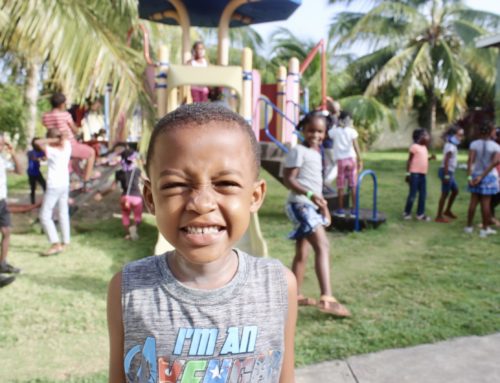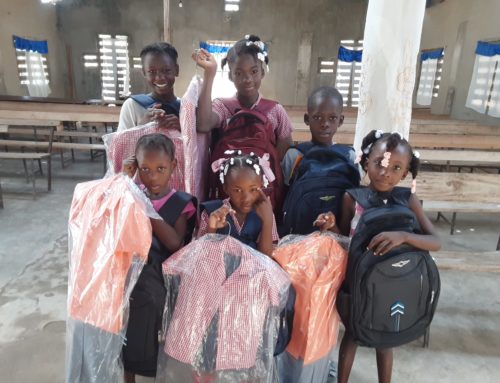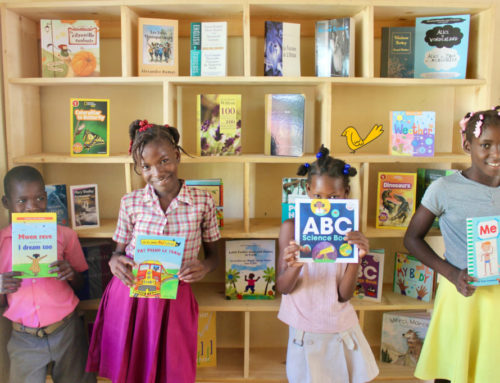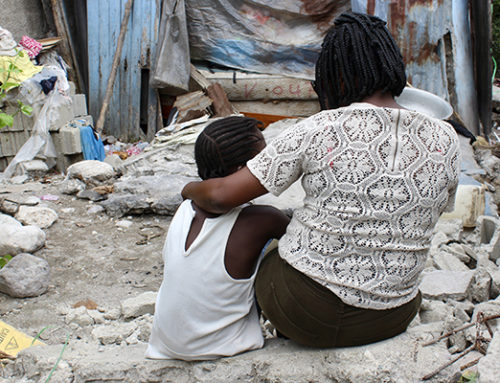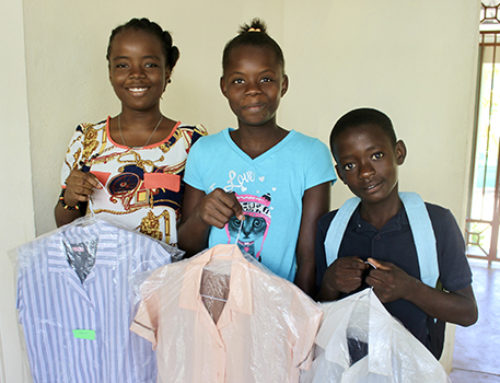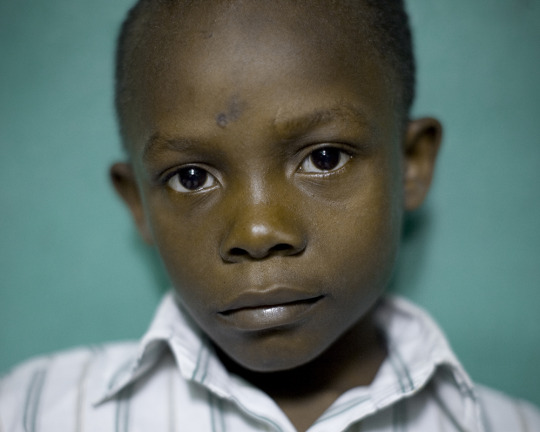
Most people
consider the history of slavery as exactly that: history. Unfortunately, there
are many types of slavery that still exist, even in modern times. Here are four
ways that slavery continues today.
1. Human trafficking—Trafficking is the
illegal trade of humans for forced labor or sexual exploitation. There are few,
if any, countries that do not have some form of human trafficking occurring.
Human trafficking is one of the largest and fastest-growing criminal
industries, with an estimated 27 million victims and $150 billion in revenue.
Traffickers use a variety of tactics to coerce victims of trafficking into the
trade, including violence, threats, and manipulation.
2.
Early and forced
marriage—While boys can fall victim to child, early, and forced marriage,
this is a type of slavery that is especially harmful to the lives of millions
of girls around the world. Every year, roughly 15 million girls are
disempowered through early and forced marriage, jeopardizing their rights to
health and education, and increasing their risk of dying during childbirth by
five times. Not all child marriages amount to child slavery; however, if a
child bride is forced into the marriage against her will, is unable to leave or
end the marriage, and is treated as property through threats and/or abuse, it
can be classified as slavery.
3.
Forced labor—Forced
labor is perhaps what we think of most when we hear the word “slavery,” as this
is the egregious form of slavery that occurred throughout the Americas. . Anyone can become a victim of forced labor,
but poor and/or vulnerable populations are most often targeted. Along the same lines,
forced labor occurs globally, but there are regions that are more affected than
others. Asia and the Pacific host the majority of the forced-labor population at
56%, while Africa carries 18%., Latin America and the Caribbean trail closely
behind, accounting for 9% of forced labor in the world. Most forced labor is
found within highly under-regulated or labor-intensive industries like
construction, agriculture, and manufacturing.
4.
Child slavery—Of
course, children can be victims of human trafficking, early marriage, and
forced labor, but the prevalence of children
in slavery warrants its own category altogether. One version of this is restavek,
the form of child slavery that exists in
Haiti. Child slavery occurs most often in poor and rural areas, with the
poorest families being forced to submit their children to slavery. Sometimes,
parents even resort to voluntarily giving their own child, or children, into
slavery in order to provide for the family or reduce the financial burden on
their family. Harsh economic conditions and varying cultural attitudes toward
children are just two reasons why child
slavery is a major issue today.
Take time to
educate yourself with the facts of modern-day slavery; there are many great
resources you can use to learn about slavery today. The more you know, the more
passionate you may become about ending
slavery. As you learn about the reality of this issue, you will why we are fervently
dedicated to ending child slavery in Haiti in our lifetime.
If you are ready to take action and join us in the fight
against child slavery in Haiti,
contact us or visit
our website today.




